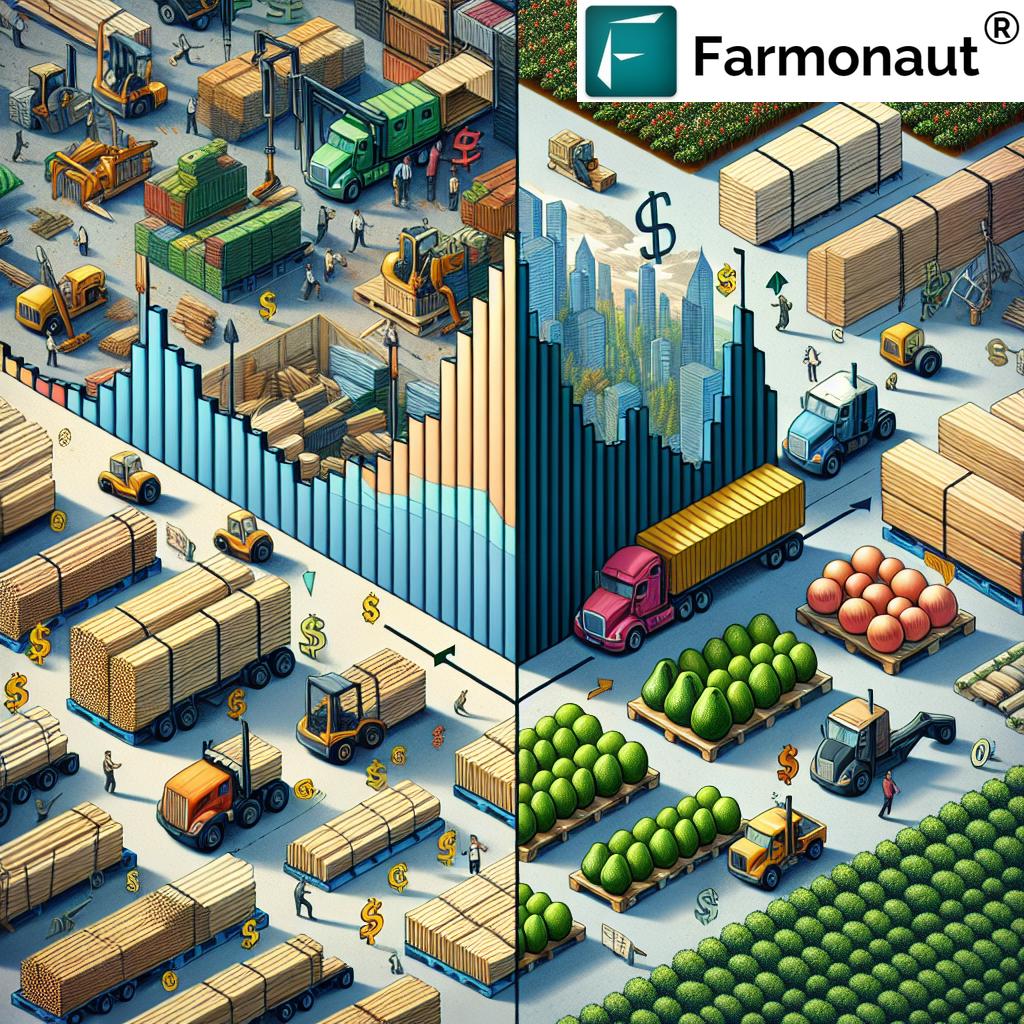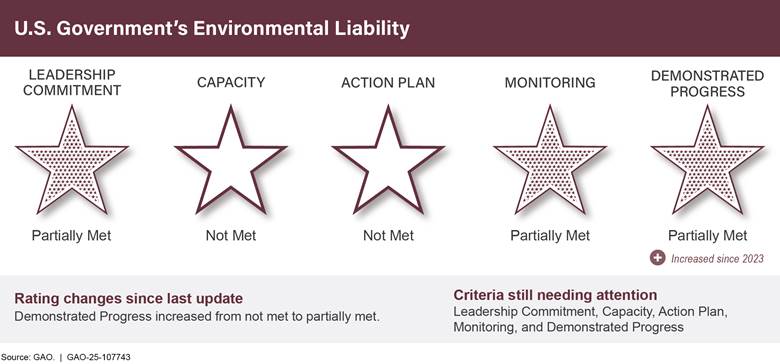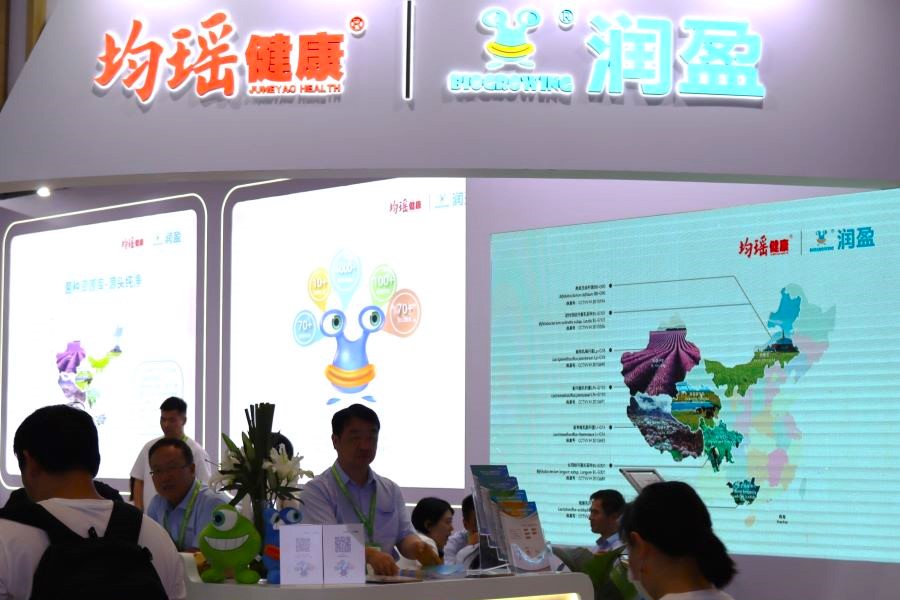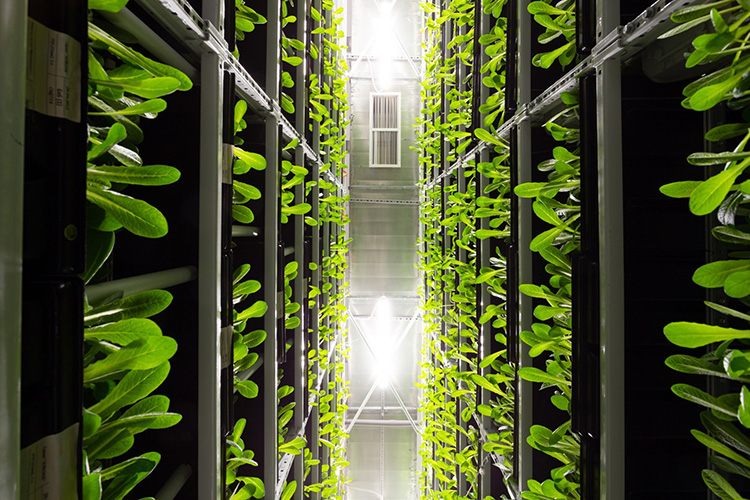Executive Summary: North American Agricultural Tariffs and Sustainable Development Goals
This report analyzes the 2025 state of U.S. and Canadian tariffs on agricultural products, focusing on their extensive impact on trade, economic stability, and the achievement of the United Nations Sustainable Development Goals (SDGs). The imposition of reciprocal tariffs has created significant disruptions affecting over $20 billion in North American agricultural trade. These trade barriers challenge regional progress towards SDG 2 (Zero Hunger) by threatening food security, SDG 8 (Decent Work and Economic Growth) by undermining farmer profitability, SDG 9 (Industry, Innovation, and Infrastructure) by fracturing supply chains, and SDG 12 (Responsible Consumption and Production) by creating inefficiencies. The report concludes that fostering resilient agricultural systems requires a renewed commitment to SDG 17 (Partnerships for the Goals) through harmonized trade policies and strategic investment in sustainable innovation.
Analysis of Bilateral Tariffs and Economic Impact
Historical Context and Policy Rationale
The current tariff structure in North American agriculture, prominent in 2025, originates from trade disputes and protectionist policies escalated in the late 2010s and early 2020s. The primary rationale was the protection of domestic industries against perceived unfair foreign competition and the use of tariffs as leverage in trade negotiations. Canada’s retaliatory tariffs were strategically targeted at key U.S. exports, including grains and processed foods, creating a cycle of market volatility.
- Late 2010s: The U.S. initiated tariffs on agricultural imports, citing unfair subsidies and pricing by trading partners.
- Early 2020s: Significant duties were applied to commodities like soybeans, dairy, and meat. Canada responded with reciprocal tariffs.
- 2023–2025: While negotiations have softened some restrictions, a substantial tariff framework remains, causing persistent market disruptions and undermining stable economic partnerships.
Impact on Producer Livelihoods and Economic Growth (SDG 8)
The tariffs directly impede progress toward SDG 8 by creating economic instability for agricultural producers and related industries. Farmers and food companies face diminished profit margins due to increased operational costs and reduced market access.
- Reduced Profitability: Higher input costs, coupled with decreased export volumes for products like U.S. soybeans (-20%) and dairy (-18%), have squeezed the financial viability of small and medium-sized farms.
- Economic Volatility: The unpredictable trade environment hampers long-term planning and investment, affecting job security and economic growth within the rural communities dependent on agriculture.
- Market Access Restrictions: Tariffs act as a barrier to the free flow of goods, limiting opportunities for producers to participate in a robust and integrated North American market, a key component of sustained economic growth.
Disruptions to Food Systems and Implications for Global Stability
Supply Chain Inefficiencies and Responsible Production (SDG 12)
The tariffs have severely disrupted the highly integrated North American supply chains, leading to inefficiencies that run counter to the principles of SDG 12. The concept of “tariff stacking,” where duties are applied at multiple cross-border stages of production, undermines responsible production patterns.
- Increased Waste and Inefficiency: Delays at customs, increased paperwork, and the rerouting of trade flows contribute to logistical friction, higher fuel consumption, and potential spoilage of perishable goods like beef and pork.
- Compounded Costs: Inputs such as seeds, fertilizers, and machinery parts often cross the U.S.-Canada border multiple times, with tariffs adding costs at each stage. This inflates the final price for consumers and disrupts efficient resource use.
- Hindrance to Circular Economies: The trade barriers disincentivize cross-border collaboration on sustainable practices, such as regional recycling of farm plastics or the development of integrated green fertilizer supply chains.
Threats to Food Security and Zero Hunger Initiatives (SDG 2)
While North America does not face widespread hunger, tariff-induced price volatility and supply disruptions have broader implications for global food security, affecting progress on SDG 2.
- Global Price Volatility: As major global suppliers, shifts in U.S. and Canadian export volumes can cause price shocks in international commodity markets, affecting food-importing nations.
- Access and Affordability: Increased costs for staple goods like wheat and corn can contribute to food price inflation globally, making essential food items less accessible for vulnerable populations worldwide.
- Supply Chain Reliability: The unreliability of established trade routes forces global buyers to seek alternative, sometimes less stable, sources, undermining the predictability of the global food system.
Comparative Impact Analysis of Tariffs on Key Agricultural Commodities (2025)
| Product | U.S. Tariffs (2025) | Canadian Tariffs (2025) | Estimated Price Increase (%) | Trade Volume Change (%) | Supply Chain Impact (Alignment with SDGs) |
|---|---|---|---|---|---|
| Soybeans | High | Moderate | +12% | -20% | High—Major rerouting and inefficiencies (Negative impact on SDG 12) |
| Dairy | Moderate | High | +15% | -18% | High—Regulatory hurdles and delays (Negative impact on SDG 2, SDG 8) |
| Beef | High | Moderate | +10% | -13% | Moderate—Increased cold chain costs (Negative impact on SDG 12) |
| Pork | Moderate | High | +8% | -11% | Moderate—Supply delays (Negative impact on SDG 12) |
| Corn | Moderate | Low | +7% | -8% | Low—Input cost increases (Negative impact on SDG 2, SDG 8) |
| Wheat | Low | Moderate | +6% | -5% | Low—Regional market shifts (Negative impact on SDG 2) |
| Processed Foods | Moderate | High | +14% | -17% | High—Disruption in value chains (Negative impact on SDG 8, SDG 12) |
Strategic Responses: Innovation and Market Diversification for Resilience
Fostering Innovation and Resilient Infrastructure (SDG 9)
In response to trade volatility, the agricultural sector is accelerating its adoption of technology and innovation to build more resilient infrastructure, directly aligning with the objectives of SDG 9.
- Digitalization and Automation: Investments in precision agriculture, AI-powered logistics, and satellite-based farm management are being made to optimize production and mitigate supply chain bottlenecks.
- Enhanced Traceability: Technologies like blockchain are being explored to increase transparency and trust in cross-border trade, ensuring compliance with shifting regulations and maintaining access to high-value markets.
- Sustainable Technologies: There is a growing focus on innovations that support sustainability, such as green ammonia for fertilizers and zero-waste processes, which build long-term resilience against both policy and environmental shocks.
Market Diversification and Global Partnerships (SDG 17)
The tariff environment has underscored the risks of over-reliance on a single trade partner, prompting a strategic push for market diversification and stronger global partnerships, in line with SDG 17.
- Exploring New Export Markets: Both U.S. and Canadian producers are actively seeking to establish and strengthen trade relationships with markets in Asia, Africa, and Latin America to reduce vulnerability to bilateral disputes.
- Strengthening Multilateral Dialogue: Industry stakeholders are advocating for trade negotiations that integrate broader policy goals, including environmental standards and food safety, to create more stable and equitable trade frameworks.
- Collaborative Risk Management: Governments are expanding support mechanisms like crop insurance and financial aid to help producers, particularly smallholders, manage the risks associated with trade policy volatility.
Policy Outlook and Recommendations for Sustainable Trade
Aligning Trade Policy with Sustainable Development
The future of North American agricultural trade depends on the ability of the U.S. and Canada to move beyond cyclical disputes and build a policy framework grounded in sustainability and mutual growth. Future tariff reductions are increasingly linked to broader dialogues on environmental and digital trade standards. This requires a holistic approach where trade policy is not an end in itself but a tool for achieving shared sustainability objectives. Investment in resilient infrastructure, support for small producers, and a commitment to collaborative, evidence-based policymaking are essential for navigating the path forward.
Key Questions on the Future of Agricultural Trade
- How can trade policies be designed to protect domestic producers without undermining global food security (SDG 2) and economic stability (SDG 8)?
Policies must balance domestic protection with commitments to efficient, open markets, ensuring that tariffs do not disproportionately harm consumers or producers in dependent nations. - What role can technology play in building resilience against trade volatility (SDG 9)?
Advanced monitoring, traceability, and logistics platforms can help producers adapt to market shocks, optimize resource use, and comply with complex trade regulations, thereby cushioning the impact of tariffs. - How can the U.S. and Canada rebuild a collaborative trade partnership (SDG 17)?
Rebuilding trust requires consistent dialogue, a focus on shared long-term goals like climate action and food security, and moving away from using tariffs as a primary negotiation tool.
Conclusion: The Imperative for Collaborative and Sustainable Trade Policies
In 2025, U.S. and Canadian agricultural tariffs continue to be a defining feature of the North American economic landscape, posing significant challenges to supply chains, producer livelihoods, and progress on key Sustainable Development Goals. The disruptions highlight the deep interdependence of the two nations’ agricultural sectors and the negative consequences of protectionist trade policies. Moving forward, resilience and sustainable growth can only be achieved through a renewed commitment to collaboration. By aligning trade policies with the SDGs, investing in innovation, and diversifying market partnerships, the North American agricultural sector can navigate current challenges and build a more stable, prosperous, and sustainable future.
Which SDGs are addressed or connected to the issues highlighted in the article?
SDG 2: Zero Hunger
- The article discusses how tariffs impact global food security by causing price volatility and supply interruptions for countries dependent on U.S. and Canadian agricultural exports. It also highlights the pressure on farmers’ profit margins, particularly for small and medium-sized farms, which is directly related to the economic viability of food producers.
SDG 8: Decent Work and Economic Growth
- The article focuses on the economic consequences of tariffs, such as squeezed profit margins for farmers, reduced export volumes, and disruptions to trade. It also points to economic adaptation strategies like market diversification and technological upgrading to achieve “sustainable growth in the sector.”
SDG 9: Industry, Innovation, and Infrastructure
- A significant portion of the article explains how tariffs are accelerating the adoption of innovation and technology in the agricultural sector. It mentions “increased automation and digitization,” “AI-powered logistics,” “satellite-based farm management tools,” “blockchain and traceability,” and “green technologies” as responses to build resilience and improve efficiency in supply chains.
SDG 12: Responsible Consumption and Production
- The article details how tariffs lead to supply chain disruptions, inefficiencies, and rerouting of trade flows. This “tariff stacking” and “border friction” can lead to increased waste, especially for perishable products like beef and pork. The text also refers to a growing focus on “sustainable agriculture,” “zero-waste processes,” and reducing environmental impact, which are central to this goal.
SDG 17: Partnerships for the Goals
- The entire article is centered on international trade policy, specifically the use of tariffs between the U.S. and Canada. It discusses “bilateral & multilateral negotiations,” the need for “stable, equitable trade policies,” and the goal of a more “harmonized policy” to reduce trade barriers and promote a predictable global market environment.
What specific targets under those SDGs can be identified based on the article’s content?
SDG 2: Zero Hunger
- Target 2.b: Correct and prevent trade restrictions and distortions in world agricultural markets, including through the parallel elimination of all forms of agricultural export subsidies and all export measures with equivalent effect. The article’s core subject is the analysis of tariffs, which are a form of trade restriction, and their distorting effects on agricultural trade between the U.S. and Canada.
- Target 2.3: By 2030, double the agricultural productivity and incomes of small-scale food producers. The article explicitly mentions that tariffs put “profit margins under pressure,” especially for “small and medium-sized farms,” and that government support and access to digital tools are essential for protecting them.
- Target 2.4: By 2030, ensure sustainable food production systems and implement resilient agricultural practices. The article notes that policy incentives are increasingly tied to “sustainability benchmarks” and that farmers are adopting “sustainable agriculture” practices and “green technologies” in response to market pressures.
SDG 8: Decent Work and Economic Growth
- Target 8.2: Achieve higher levels of economic productivity through diversification, technological upgrading and innovation. The article describes how farmers and agribusinesses are pursuing “market diversification” and adopting “advanced technologies such as satellite-based monitoring” and “AI-powered logistics” to build resilience and boost efficiency.
SDG 9: Industry, Innovation, and Infrastructure
- Target 9.4: By 2030, upgrade infrastructure and retrofit industries to make them sustainable, with all countries acting in accordance with their respective capabilities. The article highlights a “growing focus on zero-waste processes, green ammonia for fertilizers, and resource-efficient shipping” as part of the industry’s adaptation.
- Target 9.5: Enhance scientific research, upgrade the technological capabilities of industrial sectors in all countries. The text repeatedly emphasizes the role of tariffs in “accelerating the adoption of new technologies,” including “digital agriculture, precision farming, and AI-powered logistics.”
SDG 12: Responsible Consumption and Production
- Target 12.3: By 2030, halve per capita global food waste at the retail and consumer levels and reduce food losses along production and supply chains, including post-harvest losses. The article implies food losses through its discussion of “supply chain disruption,” “delays,” and increased costs for “perishable, high-value products” like beef and pork.
SDG 17: Partnerships for the Goals
- Target 17.10: Promote a universal, rules-based, open, non-discriminatory and equitable multilateral trading system. The article’s focus on the negative impacts of bilateral tariffs and the ongoing “bilateral & multilateral negotiations” to lower barriers directly relates to the need for a more stable and equitable trading system.
Are there any indicators mentioned or implied in the article that can be used to measure progress towards the identified targets?
Indicators for SDG 2 and SDG 17
- Agricultural trade value affected by tariffs: The article states, “In 2025, U.S. tariffs affected over $20 billion worth of North American agricultural trade flows.” This is a direct indicator of the scale of trade distortions (Target 2.b).
- Producer prices and trade volumes: The “Comparative Impact Summary Table” provides specific quantitative indicators, such as “Estimated Price Increase (%)” (e.g., +15% for Dairy) and “Trade Volume Change (%)” (e.g., -20% for Soybeans), which measure the impact of tariffs (Target 2.b, 17.10).
- Profit margins of producers: The article mentions “squeezed profit margins” and “cash flow challenges” for farmers, which serve as qualitative indicators for the income of food producers (Target 2.3).
- Supply chain shifts: The statement, “Canadian tariffs led to a 15% shift in supply chain routes for key U.S. farm exports in 2025,” is a quantifiable indicator of trade disruption (Target 2.b).
Indicators for SDG 9 and SDG 12
- Adoption of sustainable/innovative technologies: The article implies progress through the increased adoption of “satellite-based monitoring,” “AI,” “blockchain traceability,” and “green technologies,” which can be measured by investment levels or adoption rates among farmers (Target 9.4, 9.5).
- Supply chain efficiency: The article refers to “inefficiencies,” “delays,” and “border friction” as problems. Improvements in these areas, measured by reduced transit times or costs, would indicate progress (Target 12.3).
- Environmental metrics: The mention of tracking “carbon footprint and other environmental metrics” suggests that these are becoming key performance indicators for the agricultural sector (Target 2.4, 9.4).
Table of SDGs, Targets, and Indicators
| SDGs | Targets | Indicators |
|---|---|---|
| SDG 2: Zero Hunger |
|
|
| SDG 8: Decent Work and Economic Growth |
|
|
| SDG 9: Industry, Innovation, and Infrastructure |
|
|
| SDG 12: Responsible Consumption and Production |
|
|
| SDG 17: Partnerships for the Goals |
|
|
Source: farmonaut.com







